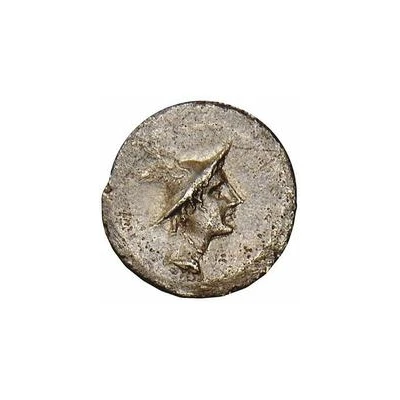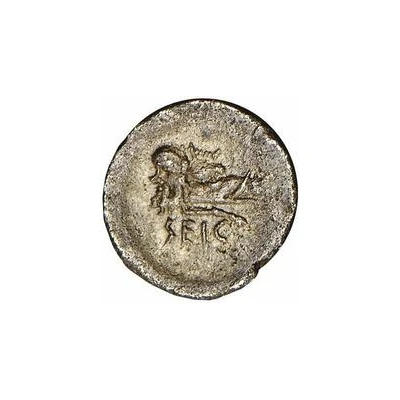


© Spink and Son
1 Obol Without caduceus 280 BC - 275 BC
| Silver | 0.68 g | 12 mm |
| Issuer | Signia (Latium) |
|---|---|
| Type | Standard circulation coin |
| Years | 280 BC - 275 BC |
| Value | 1 Obol |
| Currency | Obol (circa 280-275 BC) |
| Composition | Silver |
| Weight | 0.68 g |
| Diameter | 12 mm |
| Shape | Round (irregular) |
| Technique | Hammered |
| Demonetized | Yes |
| Updated | 2024-10-10 |
| Numista | N#184870 |
|---|---|
| Rarity index | 100% |
Reverse
Mask of Vulcan facing right and boar facing left, all with legend below.
Lettering: SEIC
Translation: Signia
Edge
Plain
Comment
Campana mentions only two examples of this type.Interesting fact
The Obol coin from Signia (Latium) was used as a form of payment for goods and services during its time. It was a small silver coin that was valued at one-sixth of a drachma, which was the standard unit of currency in ancient Greece. The Obol was widely used in trade and commerce, and it was often used to pay for small purchases, such as buying food or other everyday items. Despite its small value, the Obol was an important part of the ancient Greek economy, and it was used by people from all walks of life.